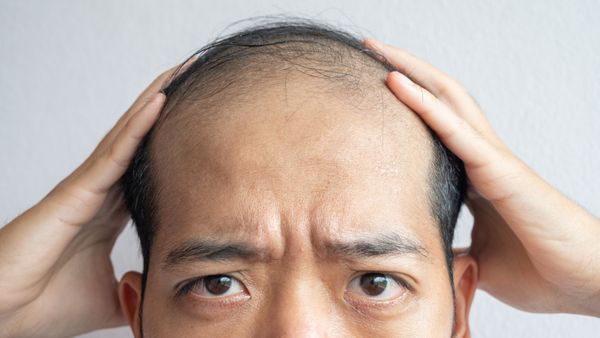Humans have used hairpieces for millennia. In ancient Egypt, both men and women wore wigs. The ancient Greeks and Romans also used them. That said, perhaps no other point in history saw more use for hairpieces than 17th and 18th-century Europe. The use of wigs during this time was so prevalent that it led British Prime Minister William Pitt to implement the Powder Tax in 1795. The tax was used to fund the war effort and cut down on the use of much-needed starch for wig powder.
In the 1950s, hairpieces experienced a boost in popularity when synthetic wigs made of nylon and rayon were introduced. These wigs largely replaced the human or animal hair that had been used to produce wigs for centuries.
Advertisement
Alongside the evolution of the wig -- the fully fashioned hairpiece -- were hair extensions, which are locks of hair that can be woven into or affixed to an individual's real hair. While they've been around for about as long as wigs, the demand for hair extensions experienced a resurgence in the 1990s that remains today. It's big business; extensions made from human hair can go for anywhere $200 to $3,000. In 2007, the human hair extensions alone generated an estimated $300 million dollars in revenue [source: Extensions].
Hair extensions -- when done right -- can be highly fashionable and can actually help others. For example, the organization Locks of Love accrues donations of real human hair for use in hairpieces for patients suffering from diseases that lead to hair loss.
However, extensions aren't always such a good idea. When they go wrong, they can really go wrong. It's a good idea to know the dangers of having hair extensions put in before heading to the salon. Take the case of a woman in Dorset, England, who was awarded nearly $11,000 from her stylist after her hair began to fall out as a result of hair extensions [source: Telegraph]. The woman in that case suffered from a common side effect of hair extensions, a condition called traction alopecia. Learn about that and other scalp problems that can result from hair extensions.
Advertisement


